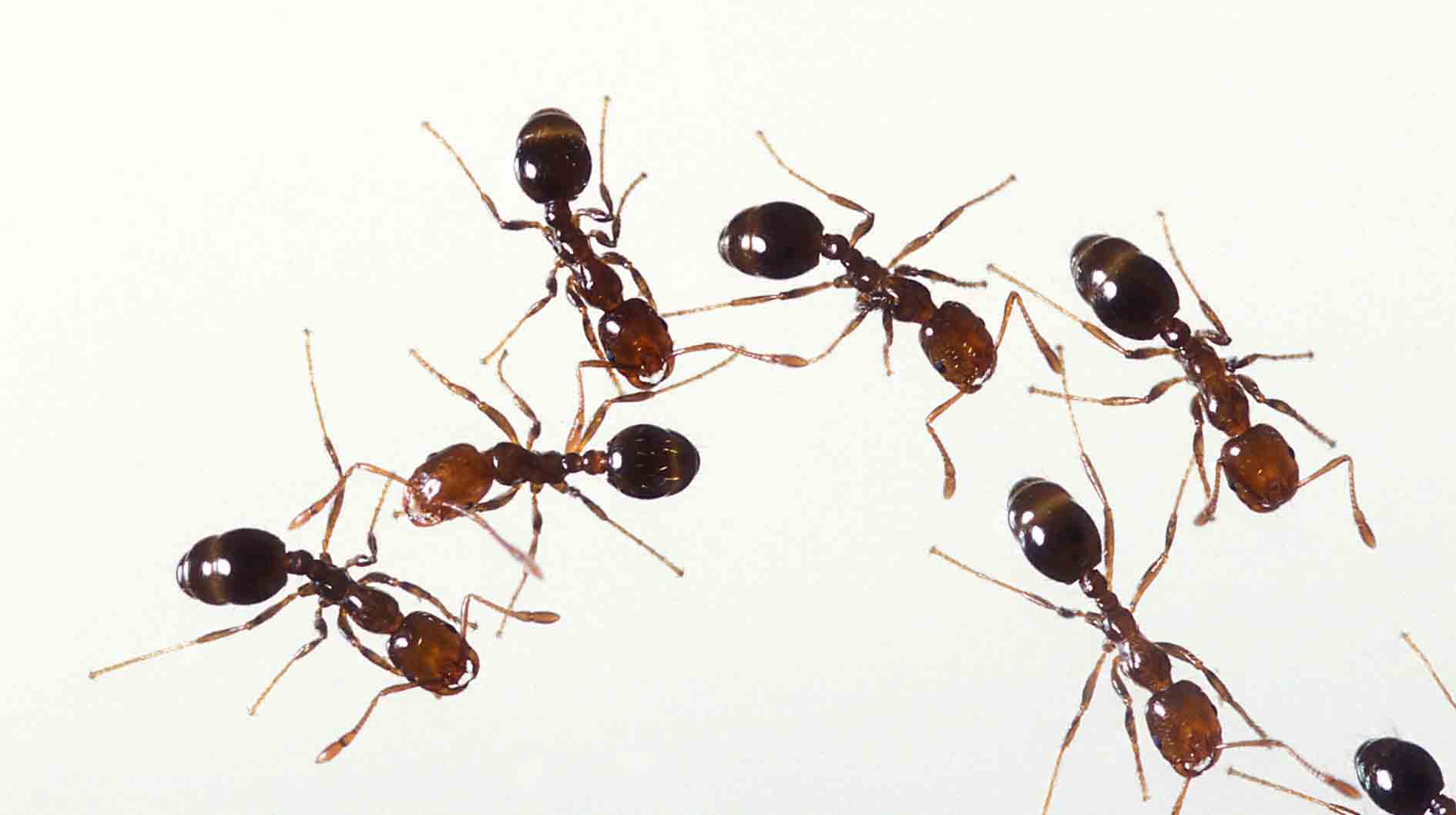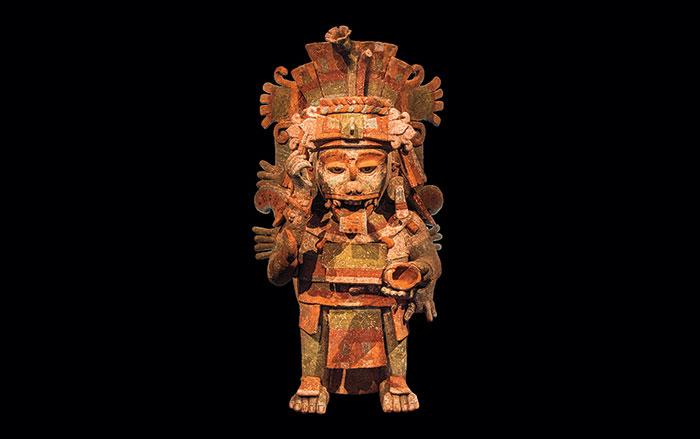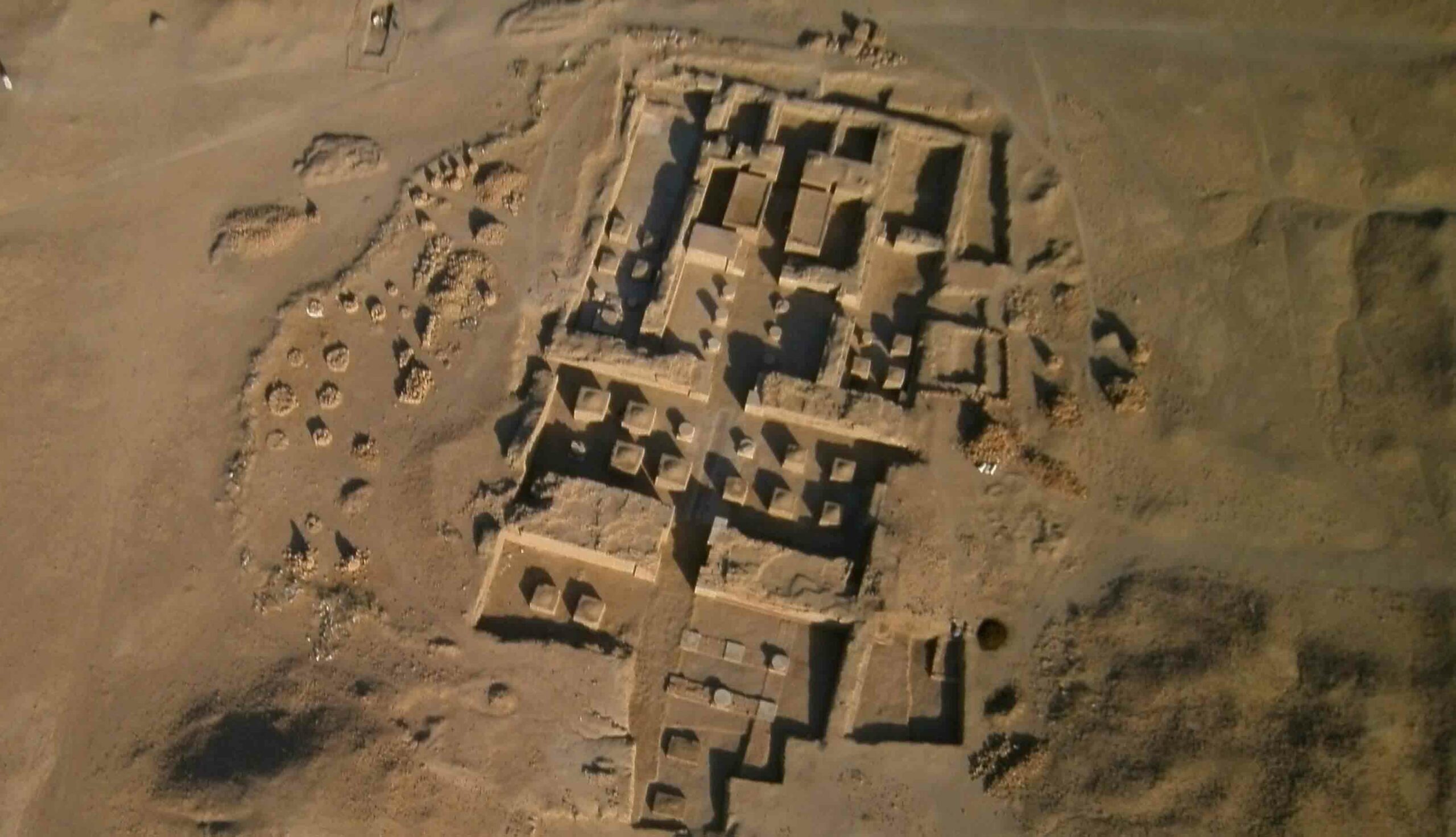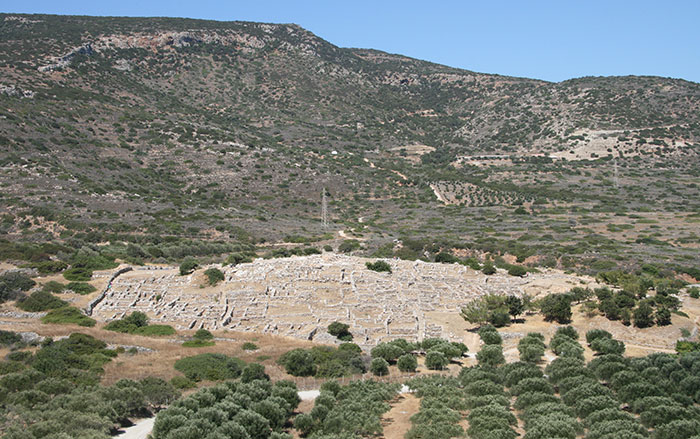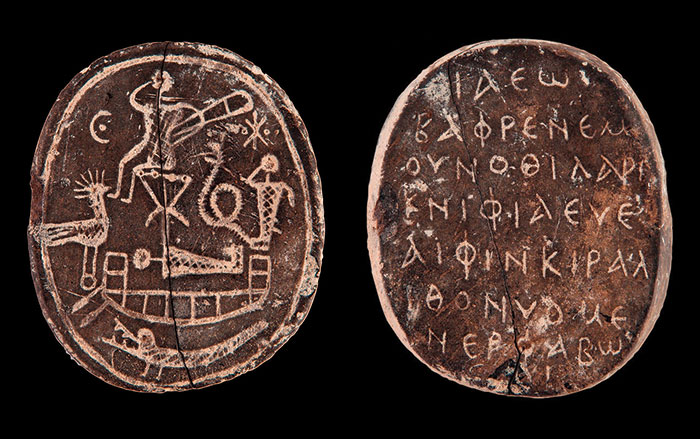
Tropical fire ants, named for the intense burning produced by their stings, are found today in tropical regions across the globe. How they managed to colonize landmasses as far apart as the Americas, Asia, and Africa has been an enduring mystery. Now, researchers have analyzed genetic markers from 192 fire ant colonies and determined that the ants were native to the Americas and spread to other continents via sixteenth-century Spanish galleons.
The researchers found the greatest genetic diversity in ants from the Americas, indicating that this was their original home. In particular, they found that the genetic types in the Philippines were a subset of those in southwestern Mexico, and those in Taiwan were a subset of those in the Philippines. This laid out a map of how the ants must have been transported—first from Mexico to the Philippines and then on to Taiwan, with a bit of genetic diversity lost with each step.
By measuring the degree to which the Asian populations’ genetic markers had diverged from those of the original population, a process that occurs at a known rate, the researchers determined that the ants first ventured abroad in the sixteenth century. “We asked who was trading at that time that would match that pattern,” says Andrew Suarez, an entomologist at the University of Illinois. “And the best fit by far was the Spanish.”
The researchers suggest that the ants were carried along with soil used as ballast on Spanish ships that regularly sailed from Acapulco, in southwestern Mexico, to Manila, in the Philippines, and then on to Taiwan. At each stop, soil was off-loaded to make room for goods such as silk, porcelain, and spices—and the ants made themselves at home in a new land.


